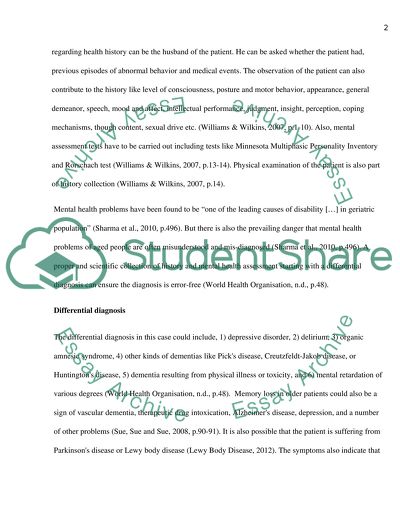Cite this document
(“Case Analysis - Mental health Essay Example | Topics and Well Written Essays - 2000 words”, n.d.)
Retrieved from https://studentshare.org/psychology/1458903-case-analysis-mental-health
Retrieved from https://studentshare.org/psychology/1458903-case-analysis-mental-health
(Case Analysis - Mental Health Essay Example | Topics and Well Written Essays - 2000 Words)
https://studentshare.org/psychology/1458903-case-analysis-mental-health.
https://studentshare.org/psychology/1458903-case-analysis-mental-health.
“Case Analysis - Mental Health Essay Example | Topics and Well Written Essays - 2000 Words”, n.d. https://studentshare.org/psychology/1458903-case-analysis-mental-health.


